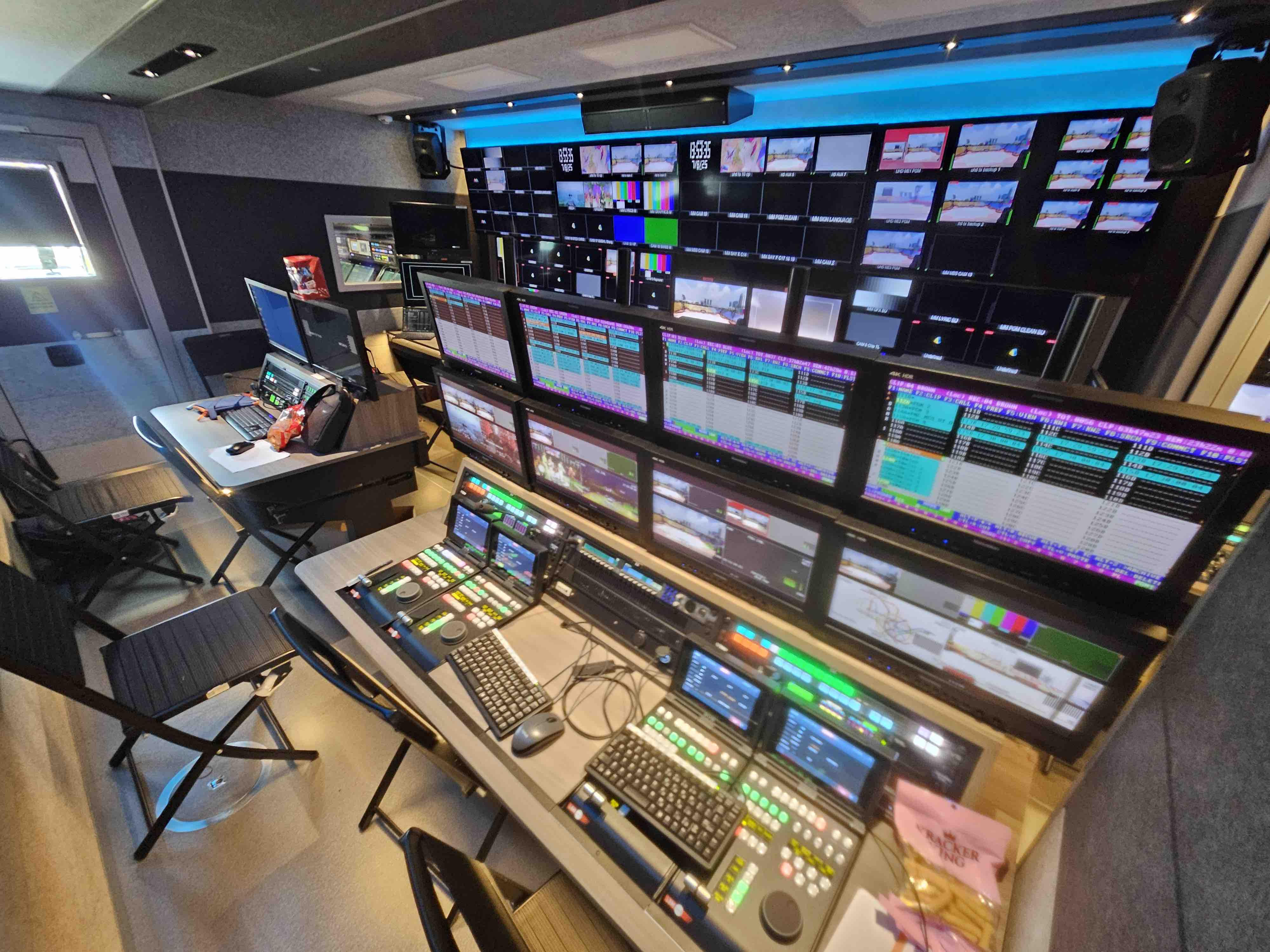Pro-Bel merges with Snell & Wilcox
Confirming a long-rumored event, Snell & Wilcox and Pro-Bel announced their merger March 6. Financial details were not released.
Neil Maycock, chief marketing officer at Pro-Bel, outlined the details of the merger to Broadcast Engineering, the intention being to resolve many of the unanswered questions by NAB to avoid a long period of uncertainty for customers and staff. Maycock confirmed that the new name of the joint company “will be announced at NAB following a period of consultation with the staff, and we will be exhibiting under that name on a single booth.”
The group will be headquartered at Pro-Bel’s offices in Reading, UK. A steering group will look at rationalizing the inevitable duplication of staff position and facilities and to make decisions before the show. Simon Derry of Snell & Wilcox is heading the new executive team as CEO, with Pro-Bel’s Graham Pitman appointed as deputy chairman.
In the world of automation, Pro-Bel is known for its Morpheus product line of automation and media management and the Masterpiece and TX series of master control switchers. With Snell & Wilcox strong in automated QC with Hyperion, there is a strong synergy that could potentially benefit broadcasters looking to take cost out of file-based processes in playout. Maycock hinted at announcements in this area at NAB.
Snell & Wilcox spin-off AmberFin is also active in this area with its iCR product. In a separate announcement, AmberFin confirmed that it is parting company with Snell & Wilcox to trade as a separate entity.
Talking to Joe Zaller of Snell & Wilcox, he said that AmberFin’s QC product iCR has a different scope and addresses different markets to Hyperion, “which is a real-time product for broadcast applications.”
One element of automation systems is control and monitoring. The merged company brings together two products, RollCall and MCM (Morpheus Control and Monitoring), which provide monitoring for Snell & Wilcox’s IQ and Pro-Bel’s Vistek modular products. According to Maycock, the intention is to unify the two under the MCM architecture, being the more recent code-base. RollCall will be offered for simpler SNMP monitoring, and MCM will be offered for more complex systems. On the hardware side, future development will use the IQ platform. Backwards compatibility will be provided, with full information being available in a white paper available for download.
The professional video industry's #1 source for news, trends and product and tech information. Sign up below.
“Broadcasters and systems integrators can be confident that the new company is on a good financial footing. It’s a transaction that makes sense,” Zaller said.
